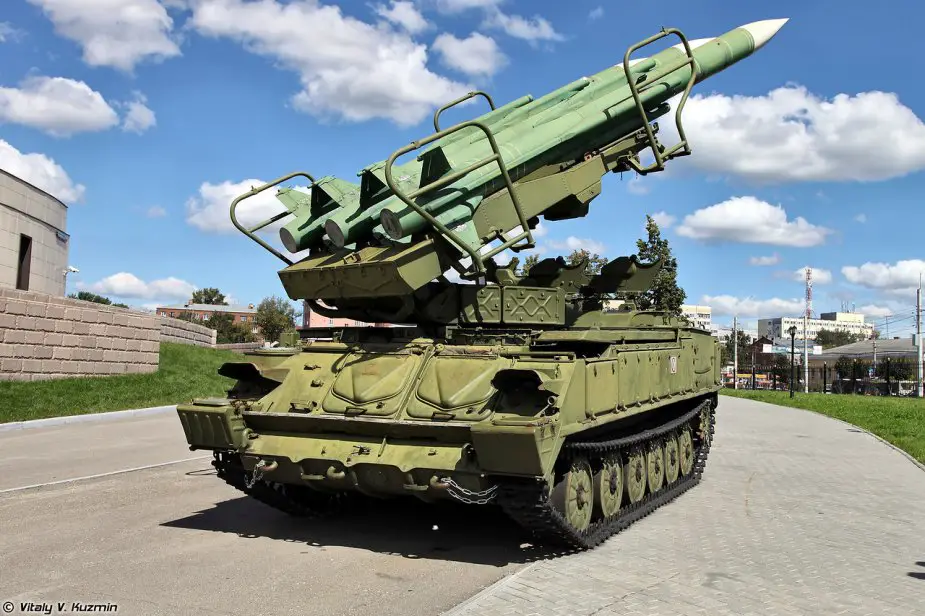Soviet era antiaircraft weapons still used in local conflicts
The news about the MQ-9 Reaper drone downed by the Houthis over Yemen did not make headlines. The Houthis numerously demonstrated the ability to down adversary drones. A month ago, they downed an MQ-1 Predator drone, and in April, Saudi Arabia lost one of its Wing Loong drones purchased in China. The Houthis even downed fighter jets, the Izvestia daily writes.

2P25M1 TEL from Kub-M1 air defense system at Tula State Arms Museum (Picture source: Vitaly Kuzmin)
This time, the United States admitted the downing of the most powerful US combat drone and disclosed the cause. The Houthis fired the old Soviet Kub (SA-6 Gainful in NATO denomination) antiaircraft weapon. It was a surprising answer to the question of whether they are capable of fighting modern drones. Previously, the Houthis engaged upgraded air-to-air missiles and MANPADS. However, the old Kub is a different weapon. It caused concern of the US command which said the range of Houthi air defense had considerably increased. Solid-fuel Kub missiles are a serious weapon. The pilots of the Arab coalition who engage short-range precision weapons can no longer feel safe.
Several years ago the necessity to have short-range mobile air defense was in question. Modern jets and helicopters do not have to enter the air defense zone. However, the emergence of combat drones provided a new life to short-range air defense. The Houthis use it to down drones. In the conflict in eastern Ukraine, Strela-10 (SA-13 Gopher in NATO denomination) and Osa-M (SA-8 Gecko in NATO denomination) mobile air defense weapons have long developed into the main means to hunt reconnaissance drones.
When terrorists began to regularly attack the Russian airbase in Humaymim with drones, it became necessary to deploy short-range Tor-M2 there. S-400 (SA-21 Growler in NATO denomination) and Pantsir-S1 (SA-22 Growler in NATO denomination) were insufficient for defense against small makeshift drones. The terrorists demonstrated it near Damascus. They seized a pair of old Soviet-made Osa and successfully hunted Syrian aircraft for several years. They were invulnerable in cities and downed three helicopters and damaged another three.
Russia focused on the design and export of new air defense weapons, while other countries occupied the niche of old Soviet systems. Belarus and Ukraine were the main Russian competitors. They upgraded and exported outdated S-75 and S-125 antiaircraft weapons. Countries under arms embargo – North Korea and Iran – also have to improvise. Their upgrade of the Soviet arms heritage is impressive.
Decades have passed since the Soviet Union collapse, but its mobile air defense systems are in demand in the countries which are not technologically developed. The hardware is in a plight, but it can be revived and engaged.
Russia has begun to upgrade mobile short-range air defense weapons. The new Sosna on BMP-3 undercarriage, the Arctic Tor-M2DT, Osa and Strela modernization projects, as well as upgraded Buk will be displayed at the Army-2019 forum. It is unreasonable to forget about such air defense and focus only on costly long-range weapons. The short-range missiles play a role on the battlefield and have export potential, the Izvestia said.
© Copyright 2019 TASS / Army Recognition Group SPRL. All rights reserved. This material may not be published, broadcast, rewritten or redistributed.


























